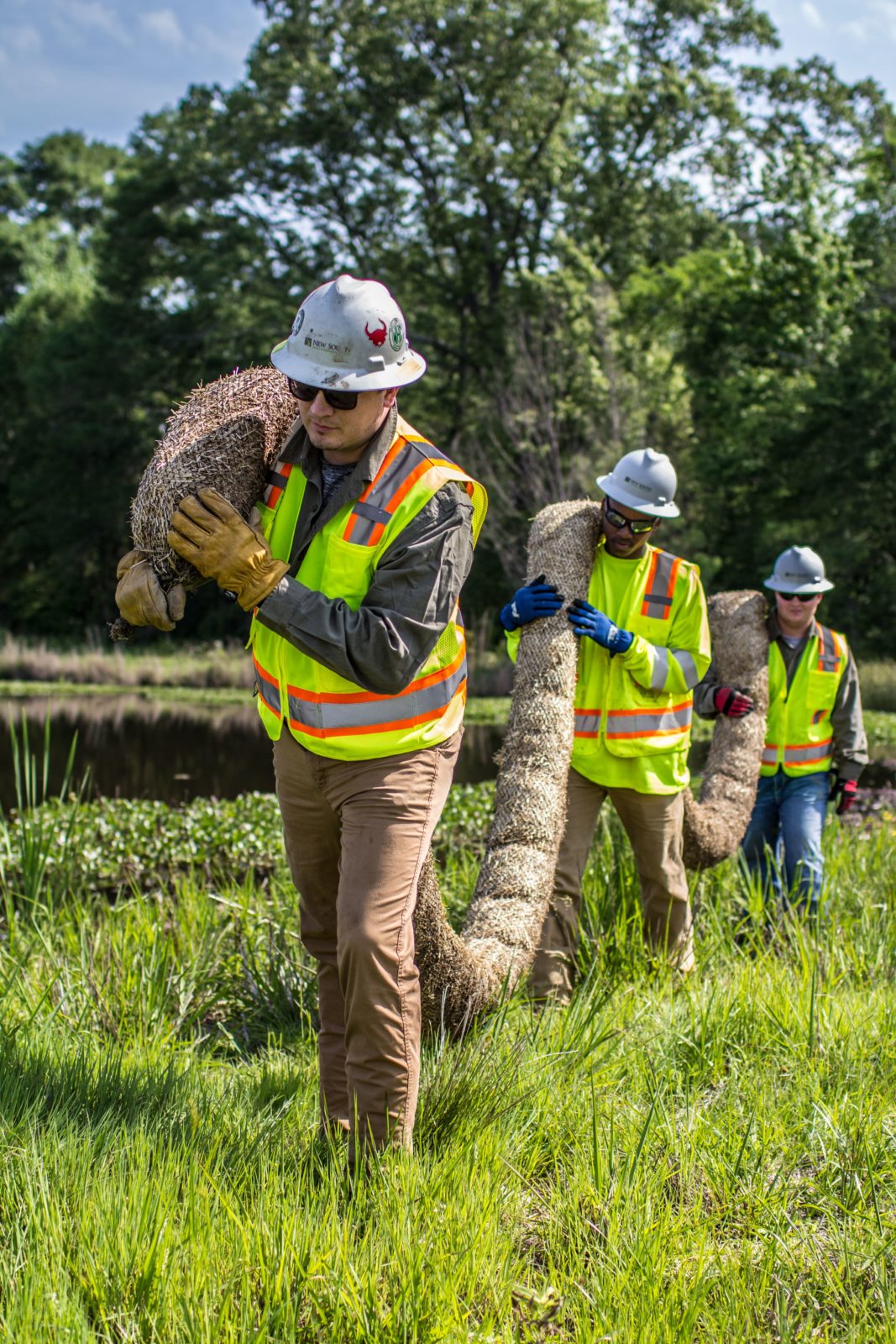It seems like new energy sources are being discovered all the time, and increasingly advanced exploration techniques make it possible to extract more oil and gas than ever before. Keeping up with the fluctuating supply means the midstream sector must continually add onto the existing network of pipelines that carry these precious commodities downstream.
As one might expect, the process of pipeline construction is a bit more involved than the average building project. Not only are contractors required to have intimate knowledge of the precision engineering that goes into these types of projects, but they also must meet challenges above and beyond what is found on a typical job site.
For instance, there is the issue of negotiating with landowners through whose properties the pipes may pass. Strict environmental regulations mean working responsibly is of critical importance. In short, the oil or natural gas pipeline installation procedure is one of the most intricate elements of the midstream industry.
Breaking Down the Process
- Before any work can begin, the project requires meticulous preparation. The route must be planned as well as any anticipated ecological concerns. Staging areas and storage yards also must be strategically placed along the path of construction. Once the plan is set and property owners have been brought on board, the building of infrastructure can proceed.
- A key pipeline construction step is clear-cutting the right of way. This entails cutting down any trees and grinding the stumps so the pipe has an unobstructed path.
- Next, the trench is excavated. Pipeline construction equipment such as diggers, jackhammers and bulldozers are used to dig the trench in which the pipes will sit. If the pathway crosses roads, rivers or other unavoidable obstructions, the pipeline is usually buried underneath them using horizontal directional drilling.
- Finally, it is time for the pipe sections to be placed. Pipe sections typically are about 40 feet in length, and they may require bending with the use of a special tool to help them fit into the intended route. Once they are positioned, the sections are welded, with the joints covered by an epoxy to prevent rusting.
- After inspection, the trench is filled and the pipe is tested. Crews pump water through at maximum pressure to ensure integrity. Contractors then seed and fertilize the right of way and place markers to show the path.
Helping Clear the Way
The pipeline construction process often involves building in some remote and inhospitable terrain. That is why New South Access and Environmental Solutions provides comprehensive expertise for placing temporary mats and roadways. With our help, contractors can have the stability to move heavy equipment and materials where they need to go. If you want to learn more about how we can support your next project, get in touch today.

